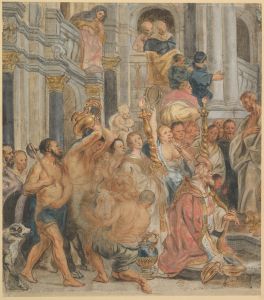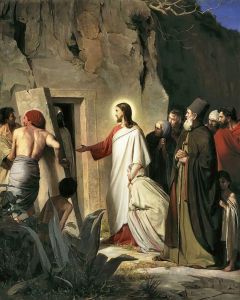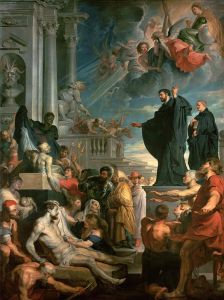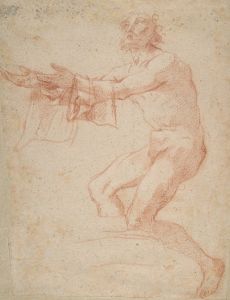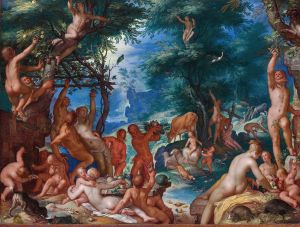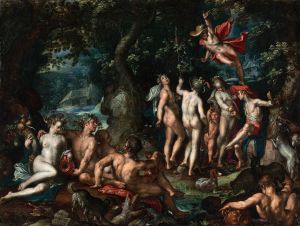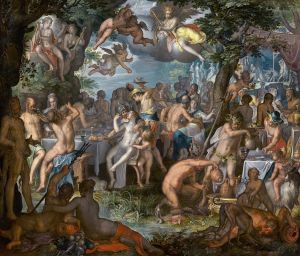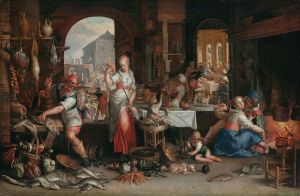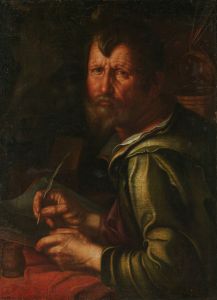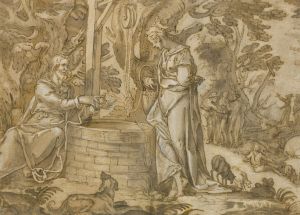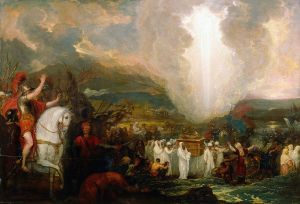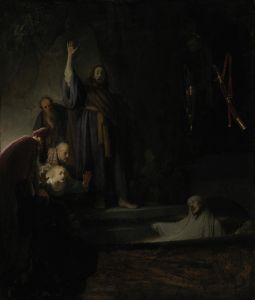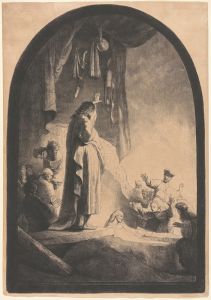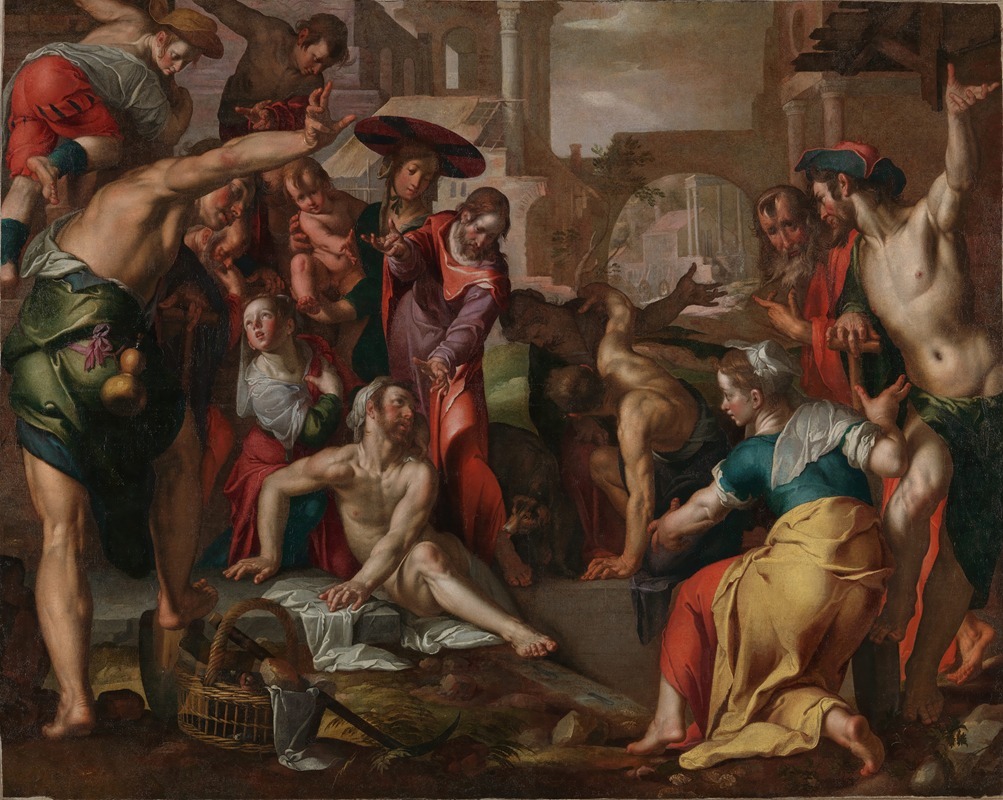
The Raising Of Lazarus
A hand-painted replica of Joachim Wtewael’s masterpiece The Raising Of Lazarus, meticulously crafted by professional artists to capture the true essence of the original. Each piece is created with museum-quality canvas and rare mineral pigments, carefully painted by experienced artists with delicate brushstrokes and rich, layered colors to perfectly recreate the texture of the original artwork. Unlike machine-printed reproductions, this hand-painted version brings the painting to life, infused with the artist’s emotions and skill in every stroke. Whether for personal collection or home decoration, it instantly elevates the artistic atmosphere of any space.
"The Raising of Lazarus" is a painting by the Dutch Mannerist artist Joachim Wtewael, created in 1605. Wtewael, born in Utrecht in 1566, was known for his intricate and highly detailed works, often characterized by their vibrant colors and complex compositions. This particular painting is an excellent example of his skill and style, showcasing his ability to depict dramatic biblical scenes with emotional intensity and technical precision.
The painting illustrates the biblical story of the raising of Lazarus, as recounted in the Gospel of John, Chapter 11. In this narrative, Jesus Christ performs one of his most significant miracles by bringing Lazarus of Bethany back to life four days after his death. The scene captures the moment when Jesus calls Lazarus forth from the tomb, surrounded by a crowd of onlookers, including Lazarus's sisters, Mary and Martha, and various other figures.
Wtewael's composition is dynamic and filled with movement, typical of the Mannerist style, which often sought to convey emotion and drama through exaggerated poses and vibrant colors. The figures in the painting are arranged in a way that guides the viewer's eye towards the central action, where Jesus stands with his hand raised, commanding Lazarus to rise. The expressions on the faces of the onlookers range from awe and amazement to skepticism and fear, adding to the emotional depth of the scene.
The use of light and shadow in "The Raising of Lazarus" is particularly noteworthy. Wtewael employs a strong contrast between the dark interior of the tomb and the bright, almost divine light that illuminates Jesus and Lazarus. This contrast not only highlights the miraculous nature of the event but also serves to draw attention to the central figures, emphasizing the significance of the miracle.
Wtewael's attention to detail is evident in the intricate rendering of the figures' clothing, the textures of the surrounding environment, and the careful depiction of the various expressions and gestures. The painting also reflects the influence of Italian Renaissance art, which Wtewael encountered during his travels in Italy. This influence is visible in the balanced composition, the anatomical precision of the figures, and the use of perspective to create a sense of depth.
"The Raising of Lazarus" is housed in the Louvre Museum in Paris, where it remains an important example of Dutch Mannerist painting. It continues to be admired for its technical mastery, emotional impact, and the way it captures a pivotal moment in Christian theology. Wtewael's work, including this painting, contributes to our understanding of the artistic developments in the Netherlands during the late 16th and early 17th centuries, a period marked by a fascination with dramatic storytelling and elaborate visual effects.





